The direct impact of AI on employees – and therefore on Human Resources (HR) departments – is, in our view, an urgent matter to address if it has not already been considered. It also provides an opportunity to explore how data science can support HR directors in their strategic missions. In this article, we will focus on employee retention and three key action areas to optimise it. Out of curiosity, we also asked ChatGPT for its take on these questions.
The beginning of this article was drafted in less than 20 minutes with the help of a chatbot on 26 December. We asked it two targeted questions and, within seconds, received the detailed answers below, presented in italics. We then reviewed and made minor adjustments (our updates are indicated in brackets within the text).

(Gen) AI – Garbage in, Garbage out: Why Data Governance is Crucial to Avoid Data Risks
See moreWhat is HR Data?
“Human Resources (HR) data refers to information related to employee management within an organisation. This may include details such as employee names, job titles, salaries, benefits, attendance records, performance reviews, training records [and certain interaction records, such as with the intranet]. HR data is often used to support HR functions such as recruitment, onboarding, performance management and compliance with employment laws and regulations.
HR data can be stored in various formats, including paper documents, electronic spreadsheets and specialised HR software systems. It is important for organisations to properly manage and protect HR data, as it is often sensitive and personal in nature. This may involve implementing security measures such as password protection and access controls to prevent unauthorised access.
[Some] HR data can also be analysed to provide insights and support decision-making within an organisation. For example, HR data can be used to identify staff turnover trends, pinpoint areas for improvement in recruitment processes, or assess the effectiveness of training programmes. However, it is essential to ensure that any HR data analysis is conducted responsibly and ethically, and in compliance with applicable laws and regulations.”
What about the use of AI with HR data?
“Artificial Intelligence (AI) can be used in various ways to support HR functions and processes. For example, AI can analyse [anonymised] HR data to identify trends and patterns that may not be immediately obvious to human analysts. This can help organisations make more informed decisions on issues such as employee retention, training and career development.
AI can also be used to automate certain HR tasks, such as tracking attendance and leave requests, generating performance evaluations, and processing payroll. This can save HR departments time and resources, allowing them to focus on more complex and strategic tasks.
There are, however, several important considerations when using AI with HR data. First, it is crucial to ensure that the AI system is trained on a diverse, representative [and anonymised] dataset to avoid biased [or unethical] outcomes. Second, safeguards must be implemented to protect the privacy and security of HR data and to ensure its responsible use. Finally, transparency is key: organisations must be clear about how AI is being used in HR processes, and involve employees and stakeholders in decision-making. [In Europe, no HR decision that directly impacts employees’ careers can be taken solely by AI. However, AI can provide valuable insights derived from anonymised datasets.]”
The chatbot used to draft this introduction is called ChatGPT. It is a beta version, recently released to the public by OpenAI. Essentially a powerful knowledge base, it can generate its own content (a summary, computer code, a structured article, a letter, etc.) in response to user prompts. It can also suggest corrections and enhancements to existing content.
AI is set to transform the way we work, through assistants increasingly embedded into everyday tools.
As highlighted by Didier Gaultier, Director of Data Science at Orange Business (part of Orange Business Services), this new initiative once again demonstrates that AI is poised to transform work practices across the board, through assistants that will soon be omnipresent in daily tools: drafting emails, analysing dashboards, replicating repetitive tasks, graphic design, and more. Microsoft has already invested $1 billion in this space, making it very likely that they will accelerate the rollout of AI-powered services…
With assistants, low-code solutions, task automation and real-time contextual personalisation, employees are becoming augmented (a broad term that covers all these types of support). This represents a profound shift, requiring employees to reposition themselves, reinforce certain skills and develop new ones. Human Resources (HR) departments therefore face a major challenge.
A major challenge for employees…
For employees, this impact must be anticipated within Workforce Planning and Skills Management, as well as in change management initiatives that will need to run over several years. Jacques de Parcevaux, Director of the Consulting and Expertise agency at Orange Business Nord Île-de-France, notes that there is “a societal issue that goes far beyond the paradigm of acculturation, training or traditional workforce planning.” It is not just about getting employees to accept AI – it is about:
- Redefining roles, daily practices and the skills required.
- Agreeing on the scope and limits of AI use within the organisation (a charter).
- Training employees on new tools.
- Revisiting certain business processes.
- Raising awareness of the limitations of AI systems (for example, an AI must be retrained regularly to remain relevant).
Orange Business’s R&D contributes to updating job reference frameworks within Orange. It is also part of the consortium appointed by the French government to define the AI and Data skills of the future (which also includes La Poste, Numéum, ESSEC and Société Générale, coordinated by Banque des Territoires).
… and for HR directors themselves
This transformation also directly concerns HR directors. Their support functions are constantly being challenged (often seen as a cost centre), and their organisation may need to be revised annually in light of technological progress and evolving business models. Their strategic functions, on the other hand, can be strengthened with data science – moving beyond the legally required social report used by works councils and unions to feed social dialogue.
How can HR directors strengthen their strategic functions with data science and their data?
In reality, HR already has a vast pool of data for producing and analysing reports. But in large companies, with multiple data formats, inconsistent quality, and the need to anonymise all information, simple consolidation has become a colossal task.
Take the example of annual appraisal reports: different HR departments within the same group may not have aligned their tools or formats, nor taken steps to simplify reporting and data consolidation with a few checkboxes or standardised evaluation criteria. Should everything then be centralised in raw form, requiring countless data transformations – or should consolidation focus on a few critical data points where alignment is absolutely essential?
- In data science terms, this means building a centralised feature store and progressively industrialising the creation of features through data engineering and appropriate tools.
- Features should be developed step by step according to business needs, starting with the most relevant data for priority analyses. A useful framework is the design thinking matrix, which Orange Business has applied over the past few years with more than a hundred clients to (re)design dashboards around three key criteria: desirability, feasibility and viability.
- There are also specific statistical methods to test whether a given dataset is relevant for the intended analysis. For example, in a data science training programme for a major banking group, delivered by the Orange Business Data & AI School, an interesting exercise was carried out to test the relevance of external data for predicting employee attrition risk. The results showed that certain external datasets complemented appraisal reports effectively, improving the reliability of predictions.
Considering the effort required to consolidate HR information, it is recommended to broaden the use of relevance tests and to cross-reference experiments with:
- Qualitative surveys with current and former employees (for example, exit interviews conducted by managers and/or HR, as well as interviews run by specialised third-party firms).
- Academic research, such as anonymised and comparative analyses of digital interactions (emails, meetings, video conferences, etc.), which can help detect weak signals (isolation, overload, progressive disengagement, participation) at the individual or team level (an approach often more acceptable to unions).
- Different entities, regions or business lines within the group, since data science can bring unique insights when tasked with identifying and explaining differences between units.
Data science can also be used to assess the real impact of an event occurring in a region, a branch, or even in an employee’s personal life.
As an illustration, it is technically possible to measure the precise effects of an advertising campaign by isolating its impact from general trends and other events. Similarly, data science could theoretically be applied to employee attrition rates – with the important caveat of protecting data confidentiality.
Data science can also be leveraged to explore the impact of personal or professional events in an employee’s life (birth of a child, divorce, buying a house, change of manager, workplace relocation, etc.). In such cases, combining data science with qualitative research and business workshops provides particularly valuable insights.
Can HR directors influence employee retention with data science?
In commerce, data science is often used to calculate a customer attrition score – assessing the likelihood of a client leaving for a competitor based on known transactions and interactions. This is usually necessary because sales representatives manage too many clients to follow individually, or because no dedicated account manager is assigned.
In HR, the environment is different – and more confidential. On the one hand, the direct use of AI to assess employees is not always acceptable to staff or to employee representative bodies. On the other, an employee’s perception is influenced daily by their work environment and team atmosphere.
This is why, in our view, if HR directors are to use data science to positively influence employee retention, the focus must go beyond simply calculating an individual risk score.
3 levers to optimise employee retention
To influence employee retention, we suggest that HR directors leverage data science at several levels:
- Identify general trends by role and their usual variations, for example by region, business unit or time of year. Spotting these general trends then makes it possible to 1) detect anomalies (local or occasional), and 2) understand the factors driving variations in order to address and anticipate them. These factors can be internal or external, and become strong signals to monitor.
- Leverage strong signals and alerts reported directly by employees, managers or even social media (for example: a complaint, an incident, a workplace relocation, the resignation of a director, or a negative reputation emerging online). These strong signals can also feed into a fact table, which can then enrich the explanatory models described above.
- Synthesize weak signals from contextualised individual data (for example: performance review ratings, labour market pressures influencing employability, an employee’s salary level compared with peers and their salary increase requests, career development aspirations, or length of time in a given role). Weak signals can be aggregated into attrition scores, and their impact can be tested across large, anonymised employee populations.
In conclusion, data science can genuinely support HR directors in collecting, analysing and leveraging a wide range of signals. Unlike many other use cases, the challenge here is not the lack of available data – nor a lack of imagination to gather even more. The real challenge is the ability to industrialise data processing in an ethical way, while recognising that an employee’s loyalty and motivation stem from multiple factors. This is why we felt it essential to distinguish between the professional environment and the personal context.
That said, the three levers identified here are more on the “defensive” side (preventing resignations). In our next article, we will explore how HR data and data science can help organisations foster employee growth and development.
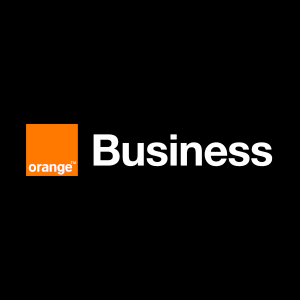


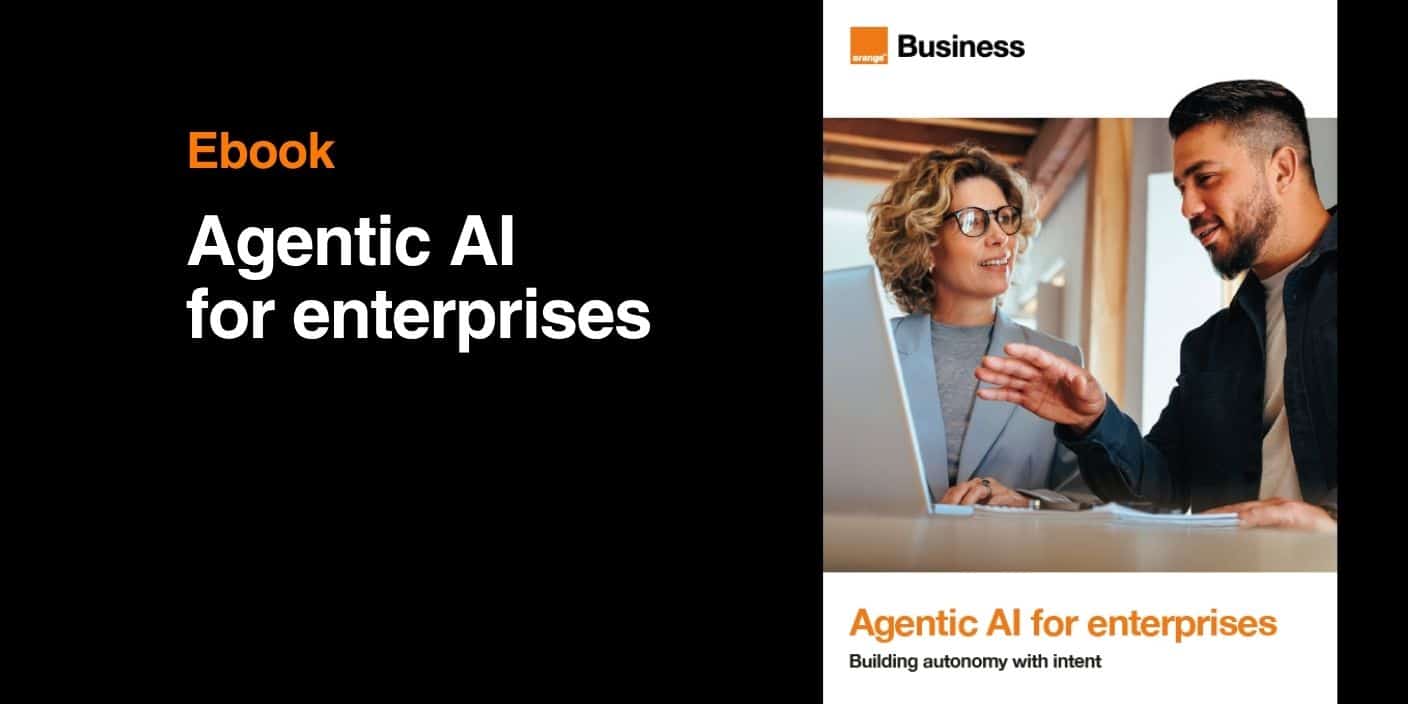


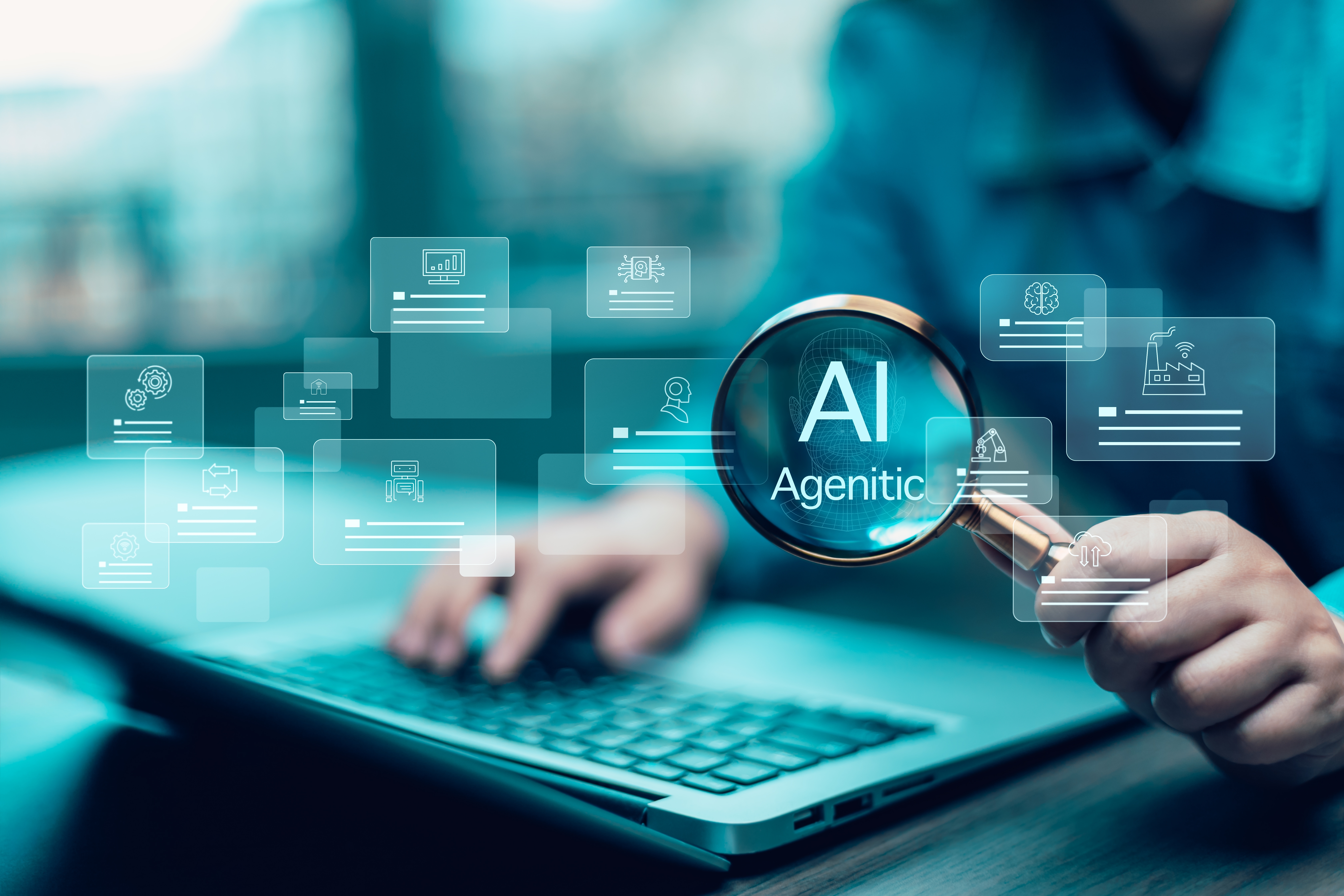
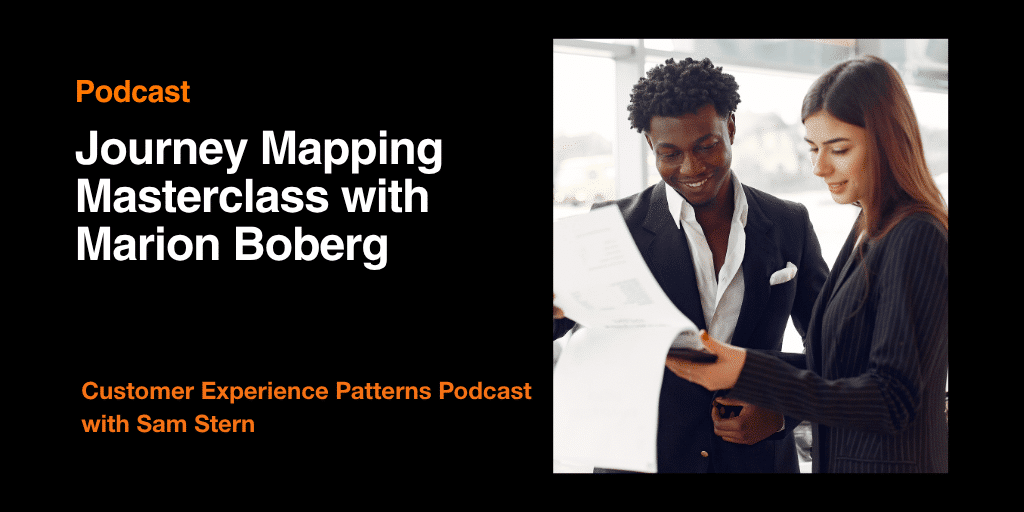
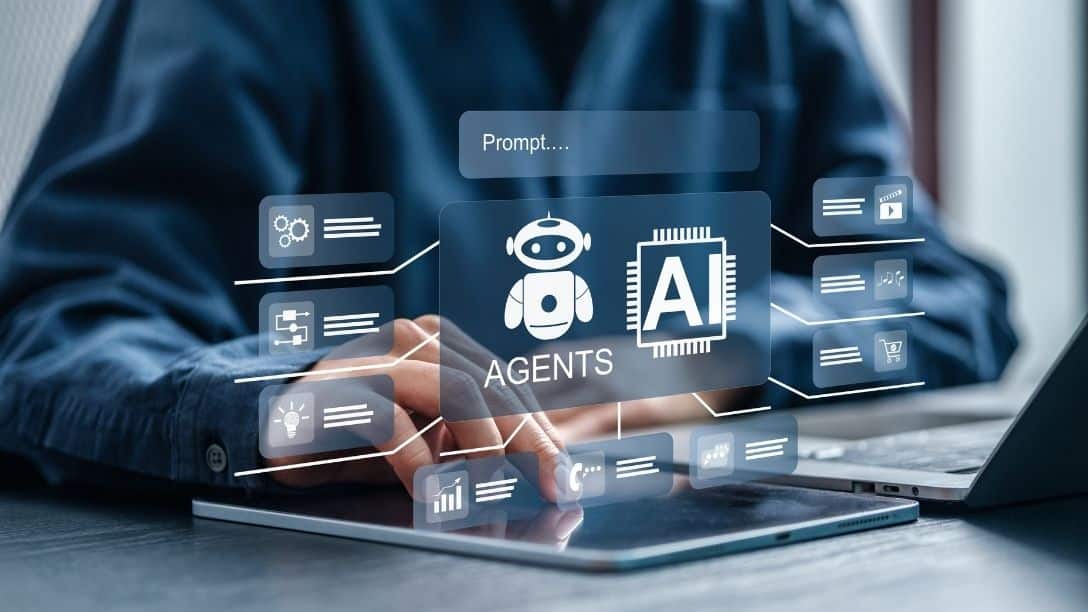





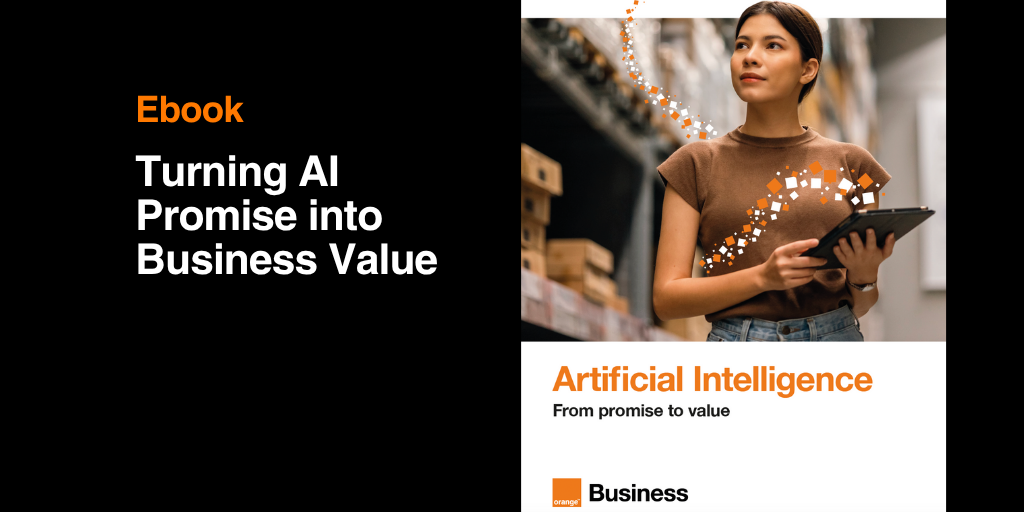
Comments (0)
Your email address is only used by Business & Decision, the controller, to process your request and to send any Business & Decision communication related to your request only. Learn more about managing your data and your rights.